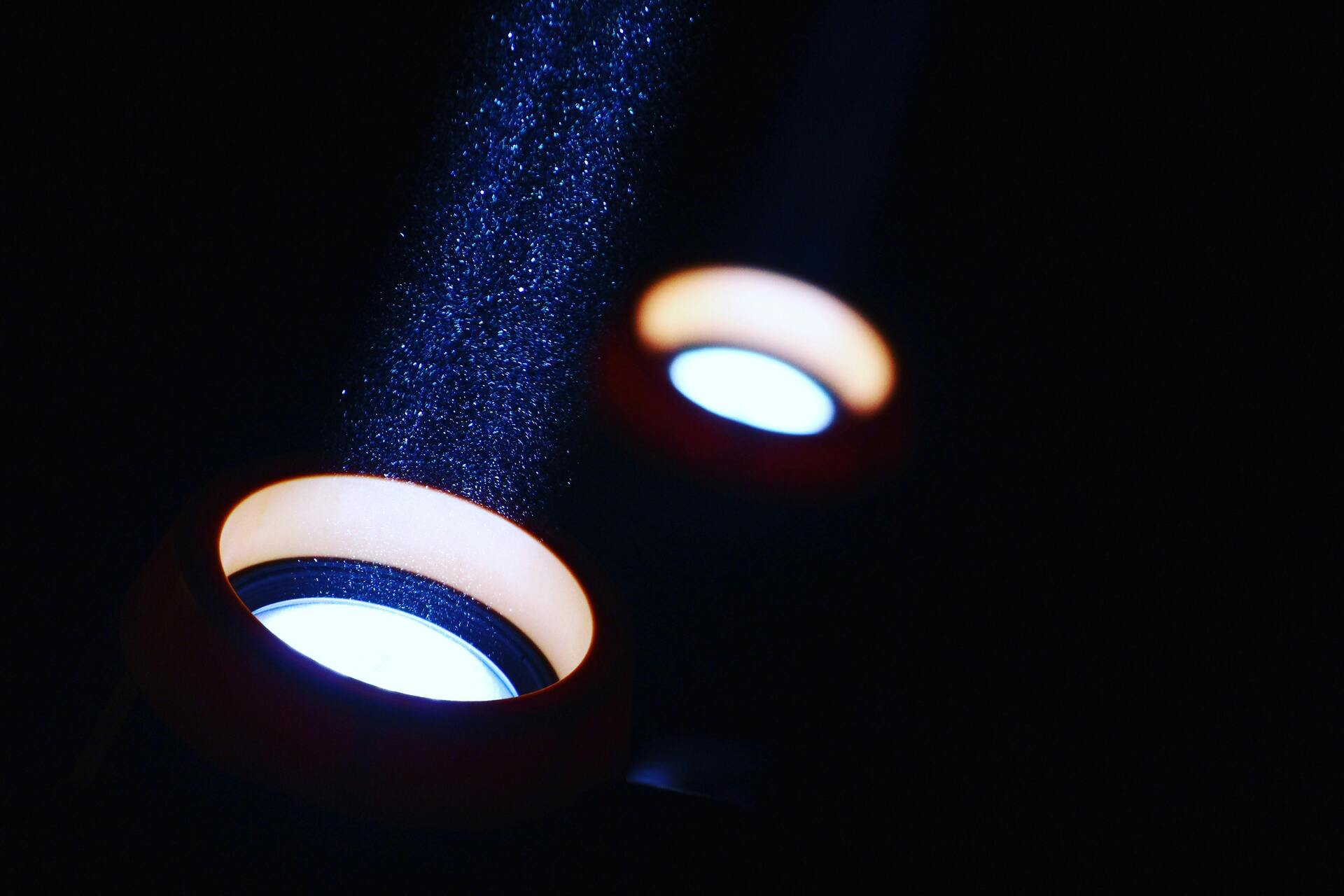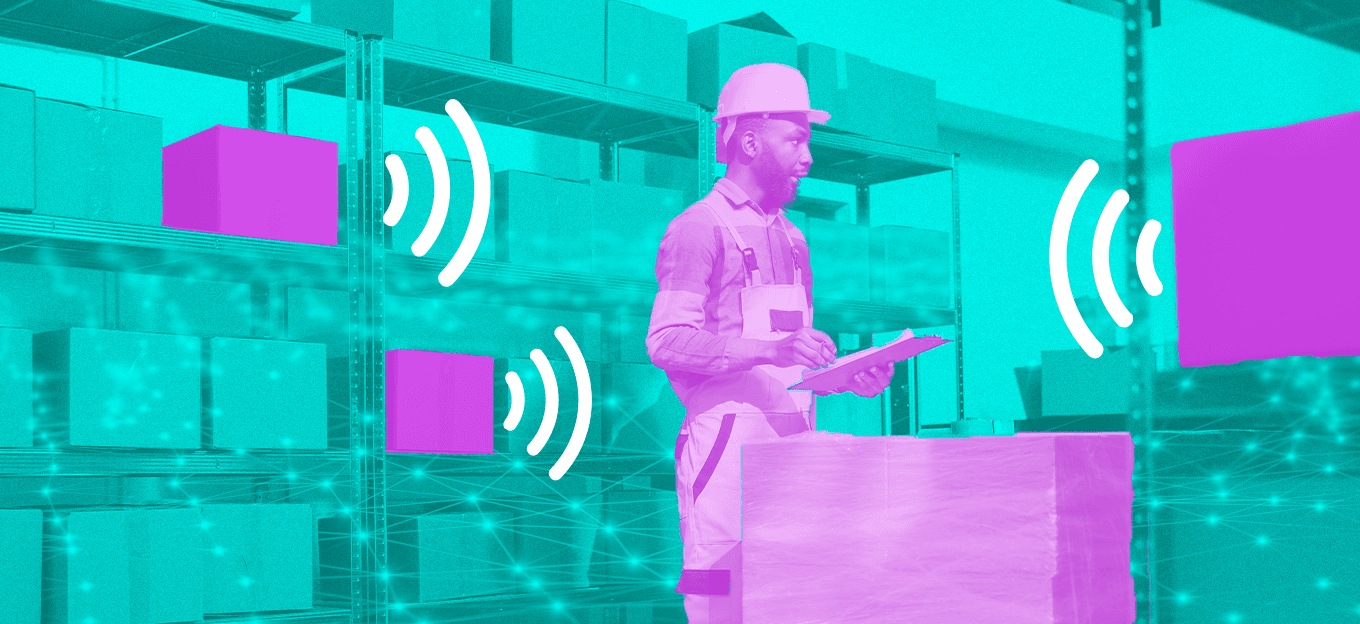- IoT For All
- Posts
- Is This the Future of Indoor IoT Power?
Is This the Future of Indoor IoT Power?
Plus our top IoT stories of the week!
Hello readers!
This week we’re talking about LED-based optical power, building smarter cities with LoRaWAN, how global IoT connectivity transforms smart farming, and more!
Let there be power

One of the quiet constraints in IoT has nothing to do with connectivity, compute, or sensors. It’s power. Whether it’s a smart building loaded with environmental monitors or a factory lined with asset tags, cables limit placement and batteries require constant maintenance. That’s why makes new fidnings from the Institute of Science Tokyo is a compelling glimpse into a different future. The researchers unveiled the world’s first automatic, adaptive optical wireless power system. Will it change how indoor IoT is powered in the years ahead?
The breakthrough comes from combining safe, LED-based optical power with a control system that can actively find, track, and deliver energy to multiple nearby IoT devices. Most optical wireless power work until now has revolved around lasers, which offer efficiency but raise safety concerns in indoor spaces. LEDs, by contrast, are inexpensive, eye-safe, and easy to scale, but they’ve historically struggled with distance, alignment, and ambient lighting. The Science Tokyo team tackled those limitations head-on by making the entire system adaptive: the beam focuses itself, aims itself, and switches intelligently between “bright room” and “dark room” modes depending on the environment.
At the core is a clever blend of optics and lightweight computer vision. A tunable liquid lens adjusts the focus automatically, keeping the beam tight no matter where the receiver is positioned. A depth camera locates each photovoltaic receiver and confirms where the beam hits, while a compact AI model helps the system identify devices even when lighting conditions change. The result is a setup that can sequentially power multiple receivers at different distances—up to about five meters—without user intervention and without interruption.
For IoT professionals, the real story is the potential downstream impact. A safe, room-scale optical power layer could eventually support sensors, tags, wearables, digital signage, and other low-power devices without wiring or battery swaps. Retail environments could maintain electronic shelf labels without worrying about battery life. In factories, tool tags, condition monitors, or mobile indicators could operate freely without cables dictating placement.
There are limitations: range, line-of-sight requirements, and the need for IoT devices to integrate small PV receivers. And while this is still research, not a commercial product, the direction is worth noting: Just as Wi-Fi decoupled connectivity from cabling, adaptive optical power hints at a world where energy itself becomes a flexible, ambient layer of the environment.
And you’ll never trip over a power cable again.
📖 Top Articles
As urbanization accelerates worldwide, cities face mounting challenges in managing dense populations, expanding infrastructure, and maintaining sustainability. Traditional urban planning models often struggle to address these complexities effectively. To meet the growing demands for efficiency, sustainability, and livability, cities are turning toward digital transformation — and the Internet of Things (IoT) has emerged as a key enabler.
As business assets become increasingly valuable, organizations are turning to digital tracking technologies like IoT, RFID, and GPS to improve visibility and efficiency. Among these, Bluetooth beacon technology has emerged as a simple yet powerful tool for managing and monitoring assets in real time. | Across the world’s farmlands, from the wide-open plains of Australia to the dairy pastures of New Zealand, the vineyards of Europe, and the ranches of North America, agriculture is undergoing a digital transformation. Farmers are no longer relying solely on experience and instinct; they’re leveraging data, automation, and global IoT connectivity to grow smarter, more sustainable operations. |
From Hype to Production: Voice AI in 2025
Voice AI has crossed into production. Deepgram’s 2025 State of Voice AI Report with Opus Research quantifies how 400 senior leaders - many at $100M+ enterprises - are budgeting, shipping, and measuring results.
Adoption is near-universal (97%), budgets are rising (84%), yet only 21% are very satisfied with legacy agents. And that gap is the opportunity: using human-like agents that handle real tasks, reduce wait times, and lift CSAT.
Get benchmarks to compare your roadmap, the first use cases breaking through (customer service, order capture, task automation), and the capabilities that separate leaders from laggards - latency, accuracy, tooling, and integration. Use the findings to prioritize quick wins now and build a scalable plan for 2026.
🔥 Rapid Fire
LoRa Alliance reports accelerating adoption of LoRaWAN technology in smart buildings
Monogoto receives 2025 Security Excellence Award from IoT Evolution
Researchers complete first real-world verification of maritime IoT communications network
CSA unveils Zigbee 4.0 and Suzi for next-gen secure IoT
The fastest-growing LPWAN technology for smart city use cases
IoT devices open to silent takeover via cloud firewalls
Azure blocks record 15 Tbps DDoS attack as IoT botnets
🎙️ The IoT For All Podcast
In this episode of the IoT For All Podcast, Chris Karaplis, founder and CEO of Simply Embedded, joins Ryan Chacon to discuss industrial IoT and connectivity. The conversation covers how IoT has changed, going from wired to wireless systems, the importance of bidirectional communication in fleet management, the barriers to IoT adoption, the long-term ROI of IoT solutions, and the future of industrial IoT.
🗓️ Events & Webinars
 | IoT Tech Expo Global 2026: Real-world IoT insights & top industry speakers.Olympia, London February 4-5, 2026 One of world’s largest IoT and enterprise technology events is back in London this February. The event will host 8,000+ senior tech professionals for two action-packed days of strategic insight, groundbreaking innovation, and powerful networking. |
 | Lancez votre projet IoT en un jour avec Netmore et akenzaNovember 26, 2025 Comment lancer votre solution IoT en une journée? C’est ce que nous allons vous montrer dans ce webinaire. Les experts de Netmore et akenza vous dévoileront comment connecter facilement des capteurs LoRaWAN et visualiser vos données dans le cloud. |





